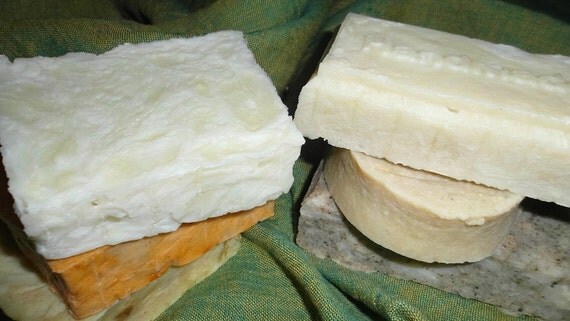
A lovely afternoon was spent with Barb showing me some of her treasures. I saw some of her fleeces, some alpaca fiber, and some mohair. There was even a spinning lesson involved on her beautiful spinning wheel (I think she said it was a Baynes wheel). I was also able to take my fleece and begin to learn what to do with it!
The first thing we did was dump my fleece on her patio and go around the edges to remove the pieces of, well, poop. This is called "skirting" the fleece. We also tried to shake off the small pieces of wool called "seconds" that are a result of the shearer making a second cut to get close to the sheep's skin. The seconds are just too small and prickly to be made into yarn or anything else. Barb's dog, Rowan, thought the fleece smelled so interesting!
The next step was to actually wash the wool. I assumed that using hot water would felt the wool, but that is only part of it. Hot water is the best for cleaning the wool; you just have to be careful to not rub the fibers together much. We did 4 hot water baths of about 25 minutes each. It is not advisable to wash wool in your sink or laundry basin and let the water drain into your plumbing! The lanolin from the wool will just cause buildup. We used plastic dish basins and emptied the water in Barb's flower beds (great fertilizer!). The 2nd and 3rd hot water baths we used a gentle cleaner to help release the lanolin. Let me know if there is any interest in the product.


Next the wool needs to be hung in order to air dry completely. A drying rack or clothesline would be perfect. I washed a lot more wool today, and my parents' clothesline in the basement has been commandeered by wool!

There will still be a lot of "veggie matter" or "vm" in the wool. This would be bits of sticks or straw or hay. These can be removed by hand, as the wool is processed. I will be using some of the wool roving directly in my needle felting projects, and I hope to spin some of it into yarn. There will be further steps of carding and prepping the wool for spinning later on.



Is that from one of Carl's sheep? Looks like a fascinating project!
ReplyDeletesounds like you had fun =)
ReplyDelete